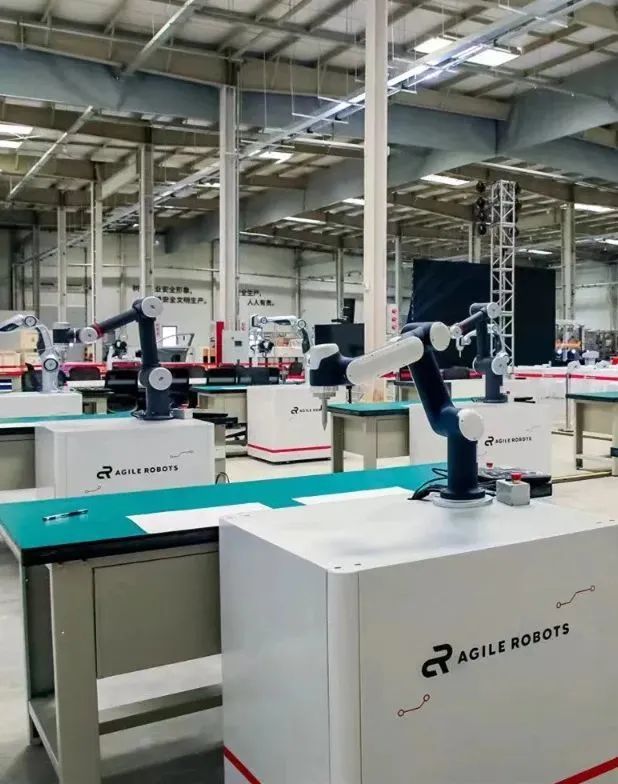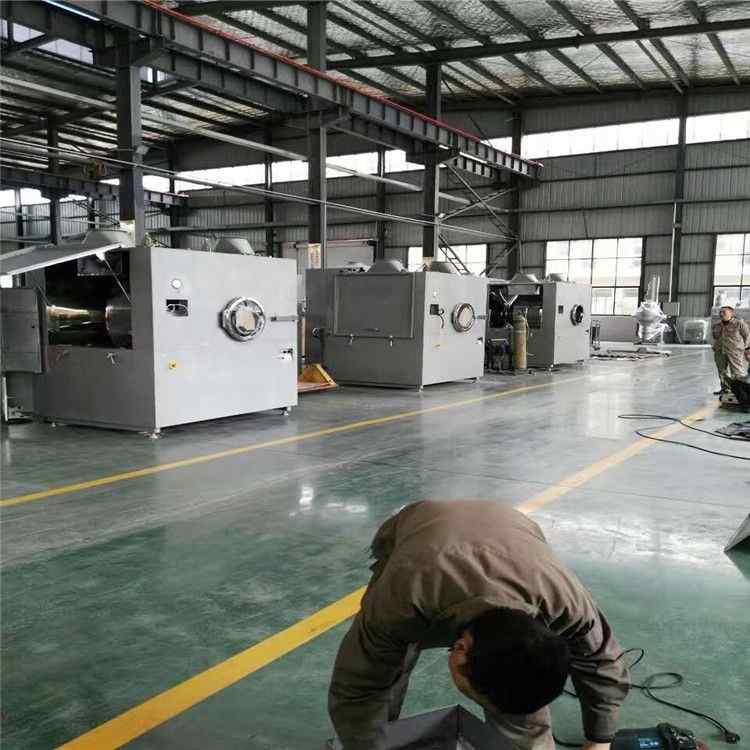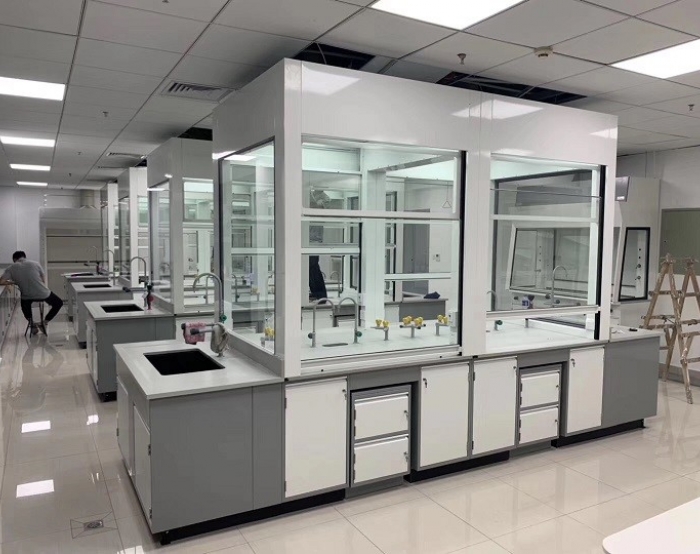The specific methods of sensor fusion technology in instrument manufacturing for expanding instrument measurement range
Sensor fusion technology is a technology that integrates data from different types of sensors, enabling measurement precision and range that a single sensor cannot achieve. In the field of instrument manufacturing, the application of sensor fusion technology provides new possibilities for the expansion of instrument measurement range. By integrating data from multiple sensors, instruments can achieve broader and more precise measurements, improving the performance and application value of instruments.
Firstly, sensor fusion technology can achieve the expansion of measurement range through the complementarity of different sensors. For example, by integrating temperature sensors and humidity sensors, a wider range of temperature and humidity changes can be measured. When a single temperature sensor is unable to accurately measure the temperature range, the addition of a humidity sensor can compensate for this shortcoming, thus achieving a wider measurement range.
can be measured. When a single temperature sensor is unable to accurately measure the temperature range, the addition of a humidity sensor can compensate for this shortcoming, thus achieving a wider measurement range.
Secondly, sensor fusion technology can achieve adaptive measurement of complex environments through data fusion algorithms. For example, by integrating multi-sensor data such as temperature, humidity, and air pressure, it is possible to achieve precise measurement of the atmospheric environment. In complex and changeable environments, the measurement results of a single sensor may be interfered with and unable to accurately reflect the real situation. By integrating data from multiple sensors, interference factors can be eliminated, resulting in more accurate measurement results and thus achieving a wider measurement range.
In addition, sensor fusion technology can also achieve precise measurement of specific measurement objects through data fusion algorithms. For example, by integrating multi-sensor data such as temperature, humidity, and air pressure, it is possible to achieve precise measurement of the atmospheric environment. By integrating data from multiple sensors, interference factors can be eliminated, resulting in more accurate measurement results and thus achieving a wider measurement range.
eliminated, resulting in more accurate measurement results and thus achieving a wider measurement range.
Finally, sensor fusion technology can achieve real-time monitoring and processing of measurement data through data fusion algorithms. For example, by integrating multi-sensor data such as temperature, humidity, and air pressure, it is possible to monitor and process the atmospheric environment in real time. By integrating data from multiple sensors, interference factors can be eliminated, resulting in more accurate measurement results and thus achieving a wider measurement range.
In general, the application of sensor fusion technology in the field of instrument manufacturing provides new possibilities for the expansion of instrument measurement range. By integrating data from different types of sensors, it is possible to achieve broader and more precise measurements, improving the performance and application value of instruments. In the future, with the continuous development of sensor technology, the application of sensor fusion technology will also become more widespread and in-depth, bringing more opportunities and challenges to the development of the instrument manufacturing field.
future, with the continuous development of sensor technology, the application of sensor fusion technology will also become more widespread and in-depth, bringing more opportunities and challenges to the development of the instrument manufacturing field.
